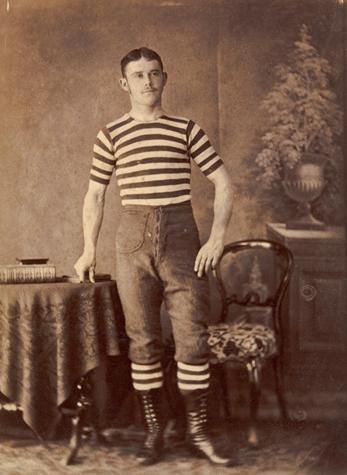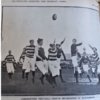SpareTowel
Senior List
- Jul 25, 2011
- 193
- 146
- AFL Club
- Fremantle
Does anyone know of a good resource on this topic? It's interesting to think there must have been an individual or team who was the first to first to trot out the sleeveless shirt. I wonder if this moment has been pinpointed and how others reacted at the time.









